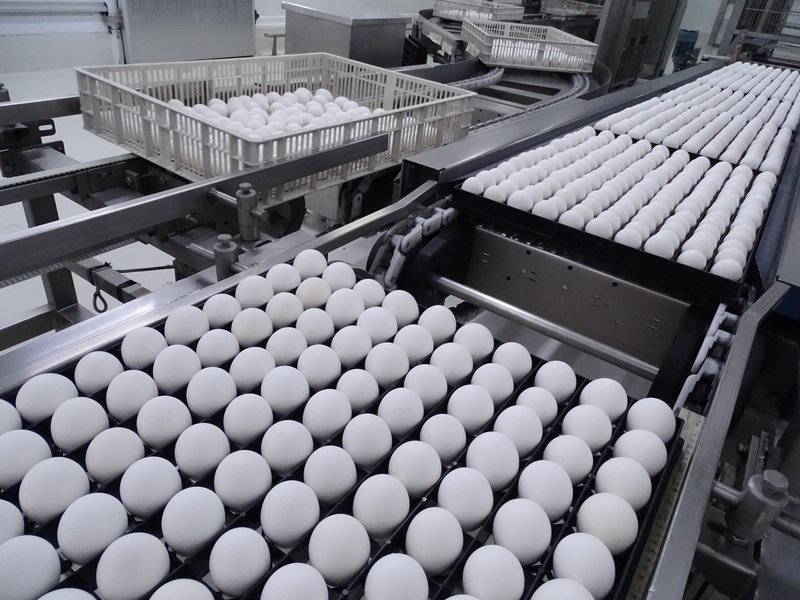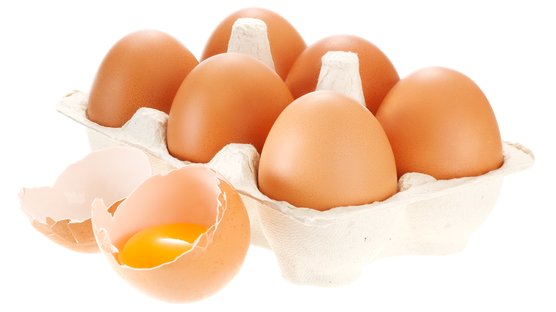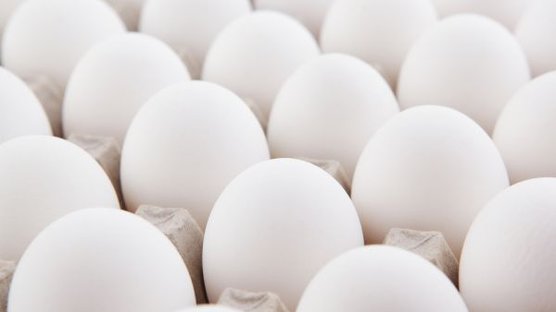
Published on Feb. 27, 2025
Hatching egg quality
Superior day-old chick quality starts with the very base material: the hatching egg. In order to obtain high numbers of fertile eggs, the conditions in the breeder farm should be optimal.
The laying hen breeder males and females should be in good condition to encourage successful mating between well-developed birds, as this will result in high numbers of fertile eggs and strong embryos. Not only mating behavior contributes to good quality hatching eggs, also the reproductive system needs to function well. If not, this can lead to increased number of defect eggs (misshapen, weak shells). The performance of a hatchery is highly dependent on maintaining good hatching egg quality at all levels, starting with the nests, all the way up to the setters and hatchers.
In order to ensure optimum egg quality, it is essential that you always measure the incoming egg quality at the hatchery. This will tell you a lot about the performance of the breeder flock, but also about their management. In the hatchery world it is very important to openly communicate on all levels! Feedback to parent stock farmers, suppliers of hatchery equipment and breeding companies is crucial to improve your results.
Hatching Egg Management at the breeder farm
The main goal at the breeder farm is to produce clean, dry, viable hatching eggs, with the potential to hatch first quality day-old chicks. Hatchability and day-old chick data are extremely important references for optimizing incubation management. The age of the flock, number of storage days and incubation program are typically included in the analysis and optimization of hatchery results, but very often, insufficient attention is paid to the quality of the hatching eggs. It is crucial that egg quality is not taken for granted when optimizing your hatchery performance.
Egg handling is part of a process which already starts at the nests in the breeder farm, directly from the moment that a hatching egg is being produced. In order to ensure optimal egg handling you should follow at least the following crucial steps:
- Keep the litter and the nests clean to avoid potential contamination of the hatching eggs
- Regularly collect hatching eggs, to retain maximum embryo viability; egg should be cooled down uniformly and gradually from being laid, to 18-25°C in approximately 6 hours.
- Carefully sort the dirty and cracked eggs from the clean eggs, and keep them separate as soon as possible
- Provide optimal hatching egg storage circumstances (temperature and relative humidity)
- Keep the hatching eggs dry, always prevent egg condensation (egg sweating)
- Always handle the eggs with care, do not forget that there is already an embryo inside
A clean environment
Bacteria will be able to enter the eggs in a dirty environment. Eggs that have dirty shells will carry harmful bacteria and are therefor a true biosecurity threat for your hatchery.
Any form of contamination is likely to have a negative impact on your hatchery results, especially on hatchability and chick quality. Often we observe more weakened embryos, iincreased early and late embryonic mortality, more exploders, and higher first-week mortality.
A golden rule in the hatchery world: never place eggs containing cracks, or floor eggs in the incubators!
Eggs with cracks say welcome bacteria! Best is to discard these eggs from the incubation process since they most likely won't hatch. If they hatch, the day-old chicks are likely to die within the first few days of life. Apply good record keeping, and inform the breeder farm in-time when the percentage of eggs with cracks get too high. The same holds for floor eggs. It makes no sense to incubate dirty floor eggs. Incubating floor eggs results in poor hatchability, and chicks are likely to die at the farm and can infect the other chicks as well.
Disinfection of hatching eggs
Hatching eggs may undergo disinfection either at the breeder farm or upon reaching the hatchery to curb bacterial growth. Various methods, subject to local regulations, include fumigation, spraying, and fogging. Post-disinfection, hatching eggs may be housed in a climate-controlled storage area at the farm until transport to the hatchery. Alternatively, if no such storage exists, eggs must be transported to the hatchery daily.
Egg quality
Egg quality has been highly affected by genetic selection, for production traits like growth, feed conversion, number of eggs, egg size profile, breaking strength and eggshell quality. Breeding companies pay also attention to egg parameters that are related to hatchability and chick quality, Hatch out of eggs Set, Hatch out of Fertile and day-old chick quality (black navels, chick defects, etc.) are among the traits that breeding companies are selecting for. Despite decades of genetic selection, variation in hatching egg quality still occurs between and within breeder flocks. Monitoring and recording egg quality parameters will help to manage the breeder flock and will contribute in better understanding the fertility and hatching performance. When specific protocols for optimizing incubation results are in place, it is essential to include hatching egg quality in the analyses and routine evaluation. A short description of internal and external hatching egg parameters is given below.

The Egg shape
The very first thing you’ll look at when handling and grading hatching eggs is the shape. A good quality hatching egg has a blunt side containing a small air cell and a clearly recognizable sharp end. Too many abnormal or misshapen eggs could be signs of different causes: an immature shell gland, a young (or old) parent stock flock, disease, stress and overcrowding in the flock.
The Egg shell
The shells of first quality hatching eggs are smooth, without wrinkles, ridges or small lumps of calcified material (pimples/ sandy eggs). The egg color should be uniform within a batch, brown eggs should be covered in a nice gloss. It is well known that young flocks produce eggs with thicker shells, as the parent stock flock ages, the shell becomes thinner and the incidence of abnormal shells and cracked shells increases. The diet plays an important role in maintaining good quality eggshells, insufficient calcium or vitamin D3 content in the feed will result in thin eggshells. Drinking water with high salt content or high levels of chlorine can also cause shell-quality problems. Pale eggs (when talking about brown eggs) are often an indicator that the flock is suffering from a disease (Infectious Bronchitis, New Castle Disease, Egg Drop Syndrome).
The Yolk
It is well known that the size of the egg yolk increases with age, as the flock is getting older. The larger yolks have a direct impact on the yolk : albumen ratio, as this will increase. In good quality hatching eggs, the yolks have a uniform color without any presence of blood or meat spots. When you come across mottled yolks, this could be indicators for stress in the parent stock flock.
The Albumen
Good quality hatching eggs contain a higher proportion of thick, viscous albumen (egg white) with less thin albumen. As the flock is aging, the volume of the thick egg albumen reduces. Egg storage will also negatively influence the proportion of the thick albumen versus the thin albumen, as storage will reduce the volume of the thick albumen. Good quality albumen is translucent with a greenish or yellow cast indicating the presence of riboflavin. As with the yolks, the presence of meat or blood spots point to stress or overcrowding in the parent stock flock.



